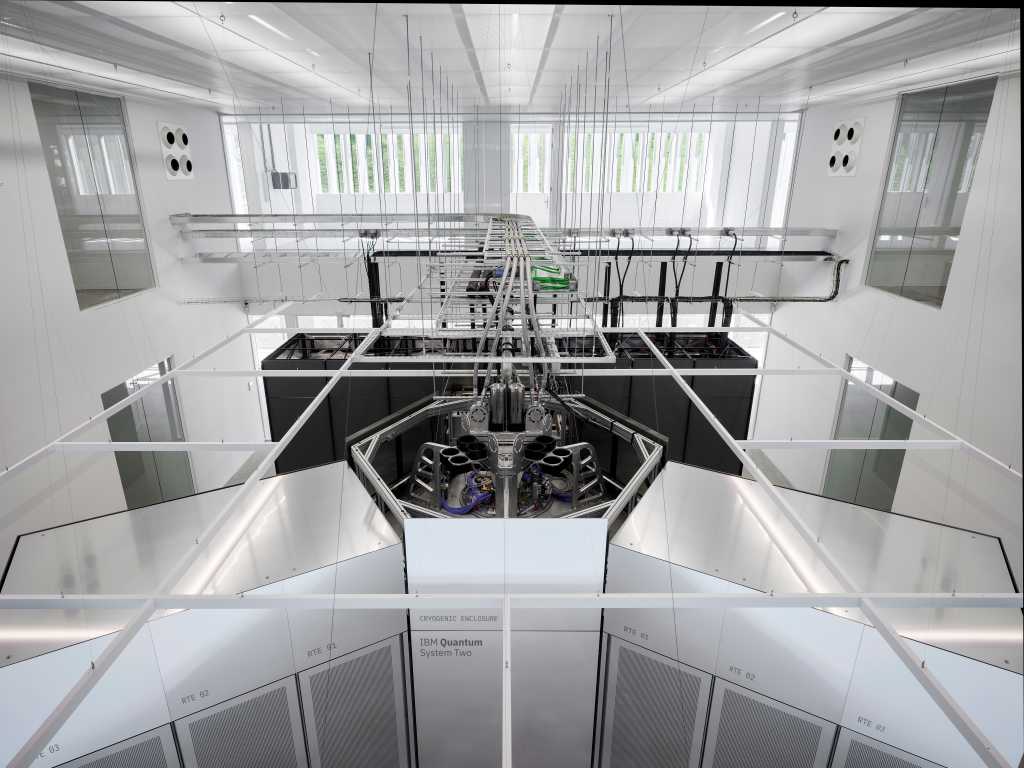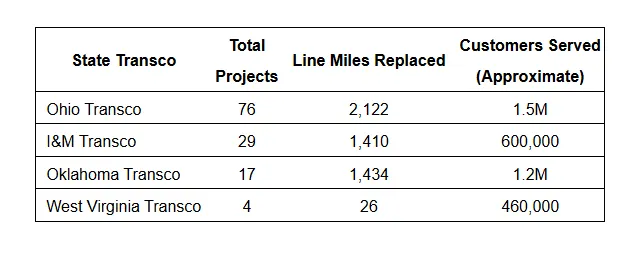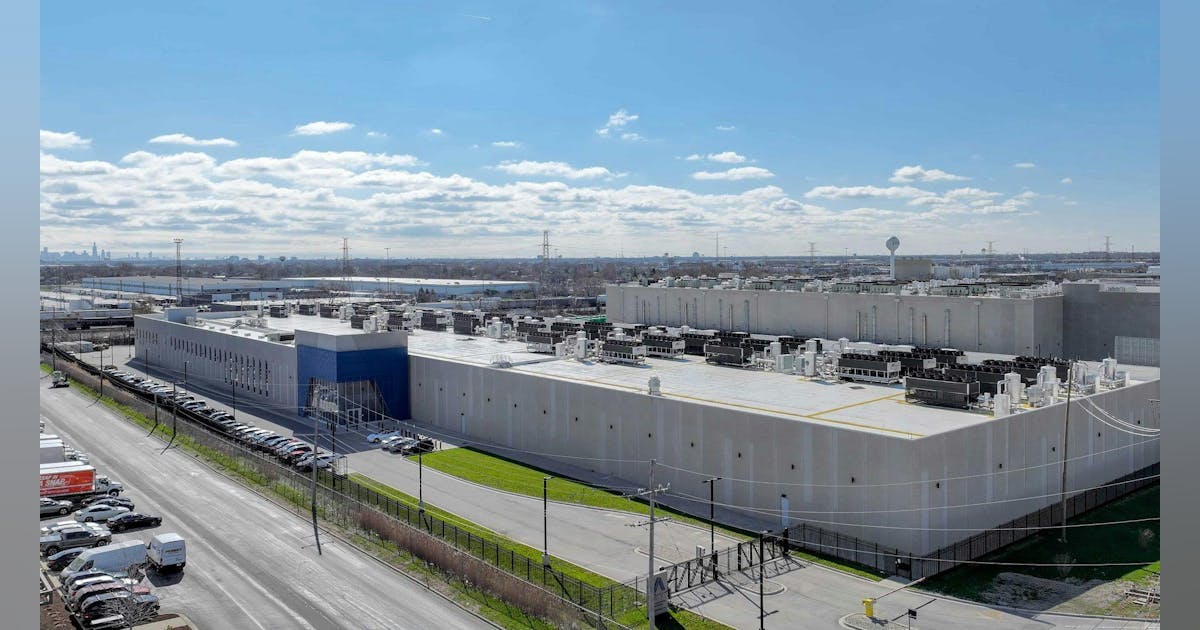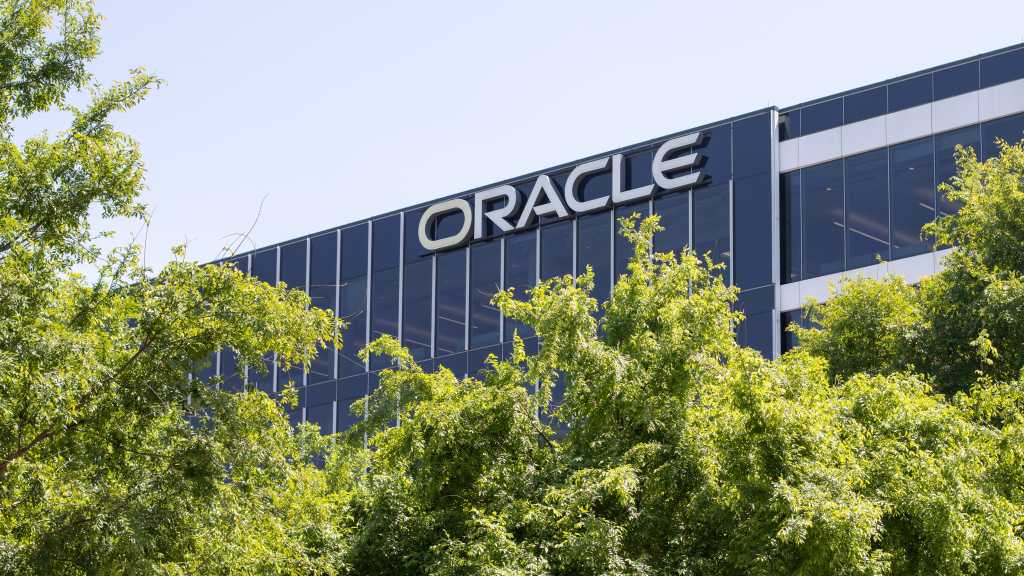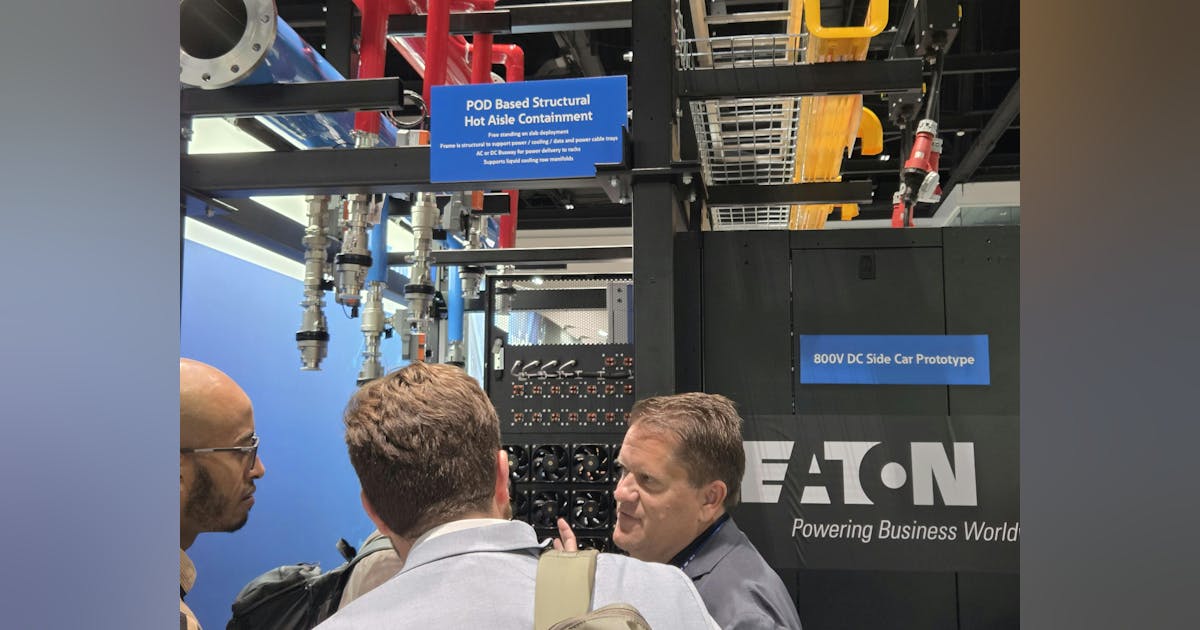
Myths and misconceptions about microsegmentation
The report detailed a number of reasons why organizations have not properly deployed microsegmentation. Network complexity topped the list of implementation barriers at 44%, but Weber questioned the legitimacy of that barrier.
“Many organizations believe their network is too complex for microsegmentation, but once we dive into their infrastructure and how applications are developed and deployed, we typically see that microsegmentation solutions are a better fit for complex networks than traditional segmentation approaches,” Weber said. “There is usually a misconception that microsegmentation solutions are reliant on a virtualization platform or cannot support a variety of cloud or kubernetes deployments, but modern microsegmentation solutions are built for simplifying network segmentation within complex environments.”
Another common misconception is that implementing microsegmentation solutions will impact performance of applications and potentially create outages from poor policy creation. “Modern microsegmentation solutions are designed to minimize performance impacts and provide the proper workflows and user experiences to safely implement security policies at scale,” Weber said.
Insurance benefits create business case
Cyber insurance has emerged as an unexpected driver for microsegmentation adoption. The report states that 85% of organizations using microsegmentation find audit reporting easier. Of those, 33% reported reduced costs associated with attestation and assurance. More significantly, 74% believe stronger segmentation increases the likelihood of insurance claim approval.
For network teams struggling to justify the investment to leadership, the insurance angle can provide concrete financial benefits: 60% of surveyed organizations said they received premium reductions as a result of improved segmentation posture.
Beyond insurance savings and faster ransomware response, Weber recommends network admins track several operational performance indicators to demonstrate ongoing value.


